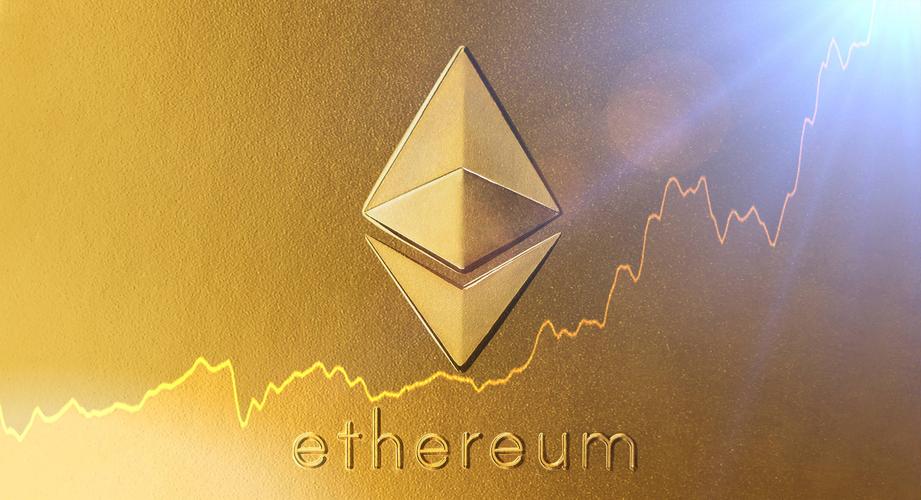
Understanding the Basics of ETH
Have you ever wondered what ETH stands for and its significance in the digital world? ETH, short for Ethereum, is a term that has gained immense popularity in recent years. In this article, we will delve into the various dimensions of ETH, providing you with a comprehensive understanding of its origins, functionalities, and applications.
Origins of ETH
ETH, as we know it today, was conceptualized by Vitalik Buterin, a Russian-Canadian programmer, in 2013. The idea was to create a decentralized platform that would enable developers to build and deploy decentralized applications (DApps) without the need for intermediaries. This vision led to the launch of Ethereum in 2015, marking the beginning of a new era in the world of blockchain technology.

Understanding Ethereum
Ethereum is an open-source, decentralized blockchain platform that enables the creation of smart contracts and decentralized applications. It operates on a network of nodes, where participants can validate transactions and maintain the integrity of the network. The platform uses its native cryptocurrency, Ether (ETH), as a medium of exchange for transactions and as a reward for miners who secure the network.
Smart Contracts: The Heart of Ethereum
One of the key features of Ethereum is its ability to support smart contracts. Smart contracts are self-executing contracts with the terms of the agreement directly written into lines of code. They run on the Ethereum Virtual Machine (EVM) and automatically enforce and execute the terms of the agreement when predetermined conditions are met. This feature has opened up new possibilities for various industries, including finance, real estate, and supply chain management.
Applications of Ethereum
Ethereum has a wide range of applications across various industries. Some of the most notable applications include:
| Industry | Application |
|---|---|
| Finance | Decentralized finance (DeFi) platforms, peer-to-peer lending, and stablecoins |
| Real Estate | Smart property contracts, tokenization of real estate assets, and transparent transactions |
| Supply Chain Management | Track and trace products, ensure authenticity, and streamline logistics processes |
| Healthcare | Secure patient records, streamline insurance claims, and improve data privacy |
ETH as a Cryptocurrency
ETH is the native cryptocurrency of the Ethereum network. It serves as a medium of exchange for transactions on the network and is also used to pay for transaction fees and computational services. The supply of ETH is capped at 18 million coins, making it a deflationary asset. The value of ETH has experienced significant volatility over the years, making it a popular investment choice for many.

ETH Mining
ETH mining is the process by which new ETH tokens are created and added to the Ethereum network. Miners use their computing power to validate transactions and secure the network. In return, they are rewarded with ETH tokens. Mining ETH requires specialized hardware and software, and the difficulty of mining has increased over time, making it more challenging for individuals to mine ETH.
ETH and the Future
The Ethereum network is constantly evolving, with several upgrades and improvements in the pipeline. The most significant upgrade is Ethereum 2.0, which aims to transition the network from a proof-of-work (PoW) consensus mechanism to a proof-of-stake (PoS) mechanism. This transition is expected to improve scalability, reduce energy consumption, and enhance the overall efficiency of the network.
In conclusion, ETH is a versatile and powerful technology that has the potential to revolutionize various industries. By understanding its origins, functionalities, and applications, you can better appreciate its significance in the digital world.



